
Consumer DECODED
Previous edition: 20 May 2024
Share article
Get the full version straight to your inbox.
Exclusive access to our best-in-class data & intelligence
Subscribe now
Slow but steady: how 0.0% RTDs are advancing in non-alcoholic spirits
Hot on the heels of their alcoholic counterparts, zero-alcohol RTDs are slowly building a presence in no-and-low spirits.
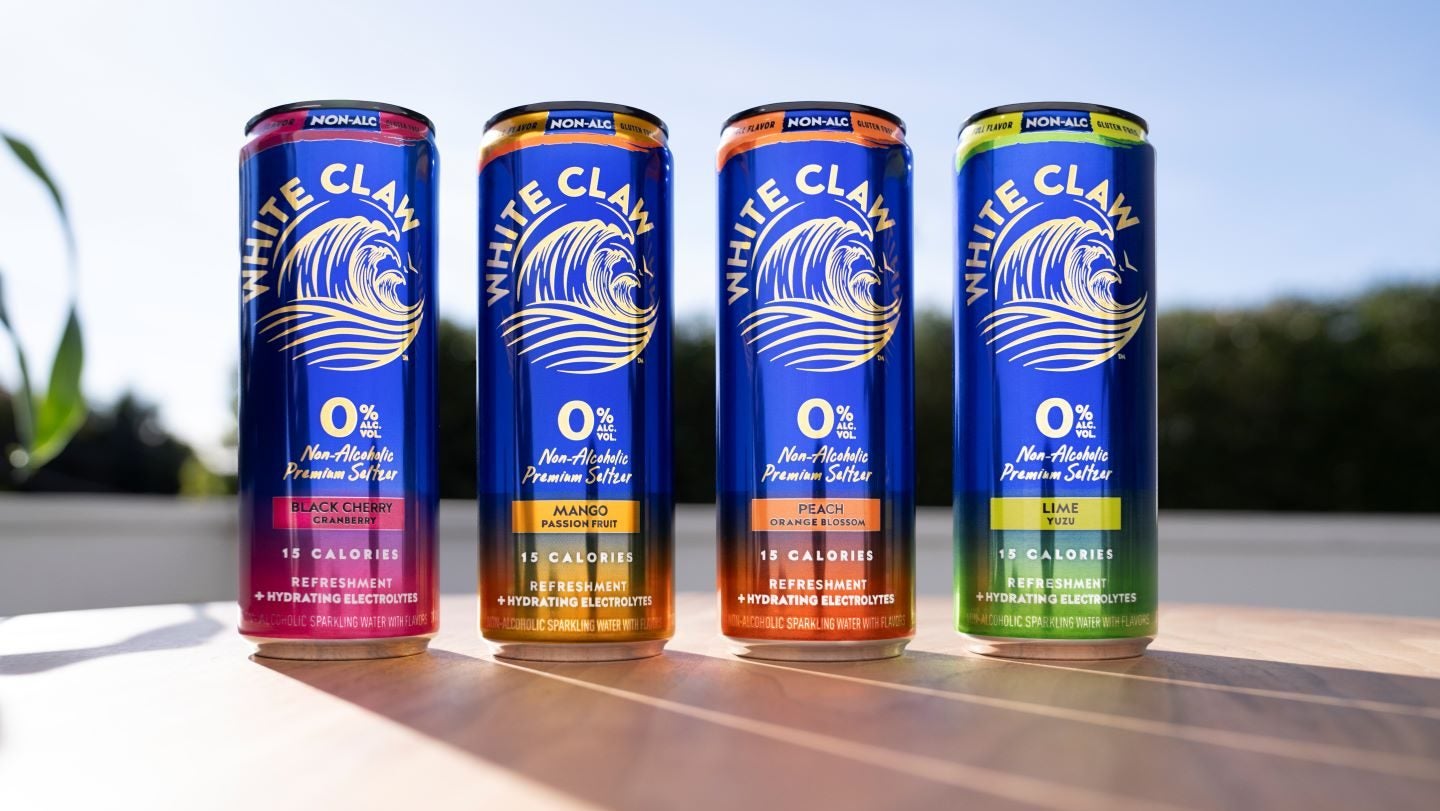
As the non-alcoholic spirits category evolves, a small but growing segment is 0.0% RTDs. From pre-mixed zero-alcohol cocktails to canned alcohol-free seltzer variants, an increasing number of brands are looking for a foothold in the wider non-alc market.
The rise of alcohol-free RTDs makes sense given the huge growth in their alcoholic counterparts in markets such as the US. According to analysis from GlobalData, Just Drinks’ parent, the US “flavoured alcoholic beverages” segment, which includes pre-mixed spirits, wine coolers, hard seltzers and alcoholic soft drinks in an RTD format, could be worth $52.5bn by 2027, with the potential to overtake vodka by $31.2bn and whisk(e)y by $11.1bn.
In terms of future market value, forecasts from the data analytics group show “pre-mixed spirits” could be valued at $80.3bn in three years’ time. Following closely behind are hard seltzers, which are estimated to be worth $24.1bn by 2027.
As major distillers continue to roll out full-size zero-alcohol offerings and alcohol-free extensions of well-known brands, the 0% RTDs space, for now, is dominated by smaller names looking to cater to the rising interest in moderation but stand out in the wider, very competitive, ready-to-drink category.
Convenience is key
Like their alcoholic variants, one of the attractive points of 0% RTDs for consumers is convenience. “When you think about what the options are outside of RTDs it was just… things on tap or out of kegs, or large volume bottles… you’d have to consume the whole thing in one sitting,” explains Craig Lewis, CEO and co-founder of the 0.0% cannabinoid-infused RTD brand Flyers Cocktail Co., based in the US.
The drinks are also more accessible for consumers when it comes to price, says Avnish Babla, founder of UK-based pre-mixed alcohol-free RTD brand Savyll Beverages. “I think that's the big barrier for spirits to really gain traction is still [asking] £15 to £20 ($18.79 to $25.07) for a bottle of [non-alcoholic] spirits”, he explains.
“And besides adding a tonic, not a lot of people know how to mix a no-alcohol cocktail properly at home, so we're doing all the hard work for them at a much lower entry point into the category.”
Lisa King, founder CEO and founder of the Kiwi canned alcohol-free cocktails brand AF Drinks echoes Babla’s sentiment. “Being an a ready-to-drink format, it’s like no instructions required. It’s really easy for consumers to understand this is how you're supposed to drink it.”
For King, focusing on pre-mixed non-alcoholic cocktails allows AF Drinks to target a broader consumer base, too. “Not everyone drinks gin or whisk(e)y, but everyone has their thing, and I think [RTD] cocktails are able to stretch across a range of different offerings,” she says.
When Savyll Beverages was launched in 2020, it had a tricky time building its presence in the on-premise, competing against full-size non-alcoholic spirits products that could be used in cocktails on-site. As Babla explains, brands such as “Seedlip… Clean Co, Lyre’s, they’ve really gone in there and sold this romantic story that non-alc cocktails have to be mixed… by a bartender”.
Today, the tables are shifting, he says. “What we’re finding now is because of cost pressures, staffing issues, more and more venues are moving towards a convenient RTD format but still want that premium flavour profile, they still want that high quality”.
While a non-alcoholic RTD may not be made fresh by mixologist in a bar or restaurant, Babla argues the drinks are “more amenable to a number of different social occasions. You don't always have to serve the cocktail in a can in front of the customer, you can still pour it behind the bar and put the right garnish and serve the customer the drink… that artistry is still there.”
A ‘juvenile stage’
It is, though, hard to tell where 0.0% RTDs sit in the non-alcoholic category. “It’s kind of in quite a juvenile stage at the moment,” David Harris, alcoholic beverages research director at GlobalData, tells Just Drinks. “In terms of product launches it's been identified, probably correctly, as the next big thing, and there's a lot of hype behind it but we're not really seeing major players that have actually launched things yet.”
Despite the build-up, the segment only holds a minute portion of the non-alcoholic spirits market, which already in itself holds a small part of the spirits market compared to no-and-low in beer (and even that’s small). Within the total non-alcoholic drinks category, 0% RTDs make up “less than a tenth of a percentage point”, says Harris.
He adds: “For the most part, we're seeing kind of early adopter brands launch into it having identified a niche which hasn't really been saturated with product launches yet. The big brands kind of sit back and really try to learn what they can.”
Peter Bruun, the CEO of Danish non-alcoholic spirits brand Ish, agrees with Harris. His company’s 0% RTD cocktails make up a third of its range, which also features zero-alcohol wines, spirits and ready-to-serve aperitifs. By themselves, the RTDs are “probably growing faster than the other segments”, he says.
Regardless of this growth, Bruun stresses the space is still in its early stages and is no easy feat to take on. “I wouldn't call it a niche but I'll call it the start of the start of a category,” he says. “And so, retailers will experience and everyone will experience that there’s a big hype about it, but [there are] very few customers. If you don't adjust your expectations to this category, you will be disappointed.”
Unlike soft drinks, 0.0% alcohol products also face slower stock rotations. As Bruun explains: “You need to over-invest in space and effort to ensure growth and be extremely patient about the rotation. Because consumers will not search for alcohol-free products the same way that they search for Coca-Cola.”
Largest markets
Where non-alc RTDs succeed in the short term depends on where their alcoholic counterparts are growing. “On the face of it, it’s US and UK, but there are opportunities the more you dig down into it,” explains Harris. “It’s going to vary based on where the company is looking and what they’re interested in.”
While hard seltzers and CBD-infused variants will do well in the US due to their strong presence there, elsewhere in western Europe it’s a “more mixed picture”, he says, with non-alcoholic pre-mix spirits showing promise in the UK and France.
Launching 0.0% RTDs in the US is a priority for most brands. While Flyers Cocktail Co. solely sells in the US, due to laws in other countries that restrict the sale of cannabinoid-infused products, other brands say the region generally offers a lot more opportunity.
For Babla, the US market has been a lot more receptive to zero-alcohol premixed spirits. “The US, it’s a bit different out there a lot of mid-tier retailers… that don't have range review cycles [so] you can get in there quite quickly. You can build up a pretty big retail footprint, without waiting a year for the next range of years to come in.”
The UK, while being a hub for non-alcoholic spirits, is a lot harder to crack, Babla says. The market is “very highly protected,” he says, “with the big brands protecting shelf space. It's extremely difficult for small brands to get anywhere from one of these big retailers, you have to wait [until] low-performing brands come out before something else can come in.”
Educating consumers and buyers
One of the biggest tasks producers of 0.0% RTDs face as they look to grow is educating consumers and buyers.
For King, having a crystal-clear proposition is essential as, without it, the product could easily drive drinkers away. She explains: “a lot of… drinks say [we are] non-alcoholic but we also have mushrooms and we’re going to help you sleep…there’s a lot of mixed messages and I think that’s caused some confusion with customers.”
In the case of Flyers’ THC and CBD-infused zero-alcohol cocktails, uncomplicated brand marketing is even more vital, given it operates both in the cannabinoid drinks and non-alcoholic areas, which are both very new categories.
According to Lewis, selling THC beverages to the on-premise specifically requires “a little bit more hand holding”. The process, he explains “requires your own internal sales team and their distributed sales team to really spend the time to communicate with the store owners about the product or the legality of the product, the impact of THC, what consumers should expect when they drink”. He adds: “It’s just brick by brick, store by store… get in front of them, speak to them help educate them. And then, outside of that, is like point-of-sale material that helps further allude to product, the flavours and the function.”
The 0% seltzer
Out of all the recent brand launches, one which has drawn a lot of attention, and scepticism, is White Claw’s 0% seltzer, which made its debut in the US in December.
“One of the most talked about areas for innovation is the non-alcoholic hard seltzer space, which is a complete oxymoron because seltzers are like a soft drink with alcohol… and so now you’re taking it back out,” Harris says.
While the product seems unusual, it also makes a lot of sense to bring to market. “A lot of the drive for non-alcoholic beverages is kind of being driven for the moment from Western markets, and that’s exactly where hard seltzers [has] exploded,” Harris adds.
Speaking on the brand’s performance so far, David Barnett, chief commercial officer of Mark Anthony Brands says it is “still early in its launch” but has been “resonating with consumers”. He adds the group is “going slow with our distribution build to make sure we stay agile.”
Explaining how White Claw avoids positioning the zero-alcohol seltzer in the soft drinks category, Barnett says: “It’s nothing like a beer, with or without alcohol, because we made it non-alcoholic from the start and didn’t have to strip out alcohol – and taste or complexity along with it. It’s not a lesser version of anything, it’s more, and stands in a league of its own.”
Given its recent launch, it’s hard to know yet how well the product will perform but some industry watchers are optimistic. “I would lean towards it being a success because, unlike any other market, hard seltzers are now mature in the US,” Harris says. “There will be a lot of other hard seltzer brands watching and seeing what lessons they can learn from it because I also don’t think it’s necessarily going to be an unqualified success.”
In spite of this, he warns non-alcoholic seltzers are “probably the most difficult” to market with the decline of many brands in the space being “down to [their] positioning on shelves.”
Future prospects
With the category still in its infancy, producers of 0.0% RTDs are hopeful that growth lies ahead as consumers continue to moderate alcohol consumption and look for more affordable and accessible brands.
“I think we only just started to scratch the surface”, says Bruun. “It could very well explode once people understand that it really is extremely satisfying, easy and cost-effective way of getting a serving that you would otherwise spend a lot of resources [on]”.
While the UK and US are currently the largest markets, that doesn’t restrict future opportunities for zero-alcohol RTDs elsewhere, according to Harris. “Non-alcoholic, pre-mixed cocktails also really have potential to travel well basically everywhere because we know demand for things like cocktails and… fruit-driven long drinks are pretty region non-specific.”
Pinpointing specific regions, 0.0% RTDs could find opportunity in “markets like China, throughout Asia”, he says.
“There’s even a very strong push, and it kind of surprises some people, for fruit-driven non-alcoholic beverages in Africa and Latin America.”
Harris adds: “China, just due to the size of a market is definitely going to be a big one. They also tend to be a little bit further developed in terms of trends like non-alcoholic beverages.”
However, despite clear potential, brands should be wary of the “really prohibitive” barriers to entry facing Western brands, “particularly for smaller ones”.
Elsewhere in Asia, Thailand and the Philippines also offer opportunities to move into a large RTD market. They aren’t as opposed to foreign brands entering as China, explains Harris, but launching in these regions could is still “quite logistically and operationally difficult”.
However, growth in the US and the UK, let alone the rest of the world isn’t something producers can build overnight. For Bruun, the core to success is “working deeper rather than broader”, by having “distribution points that you can actually make a success out of, nurturing those and be attentive to them”.
As more brands decide to launch RTDs in the non-alcoholic sector, it will be a waiting game to see which products hang on and lead the category. As Bruun plainly puts it: “Will it be disturbed by unfulfilling products? Probably to some extent, but I think also the consumer will choose what works.”
Latest news
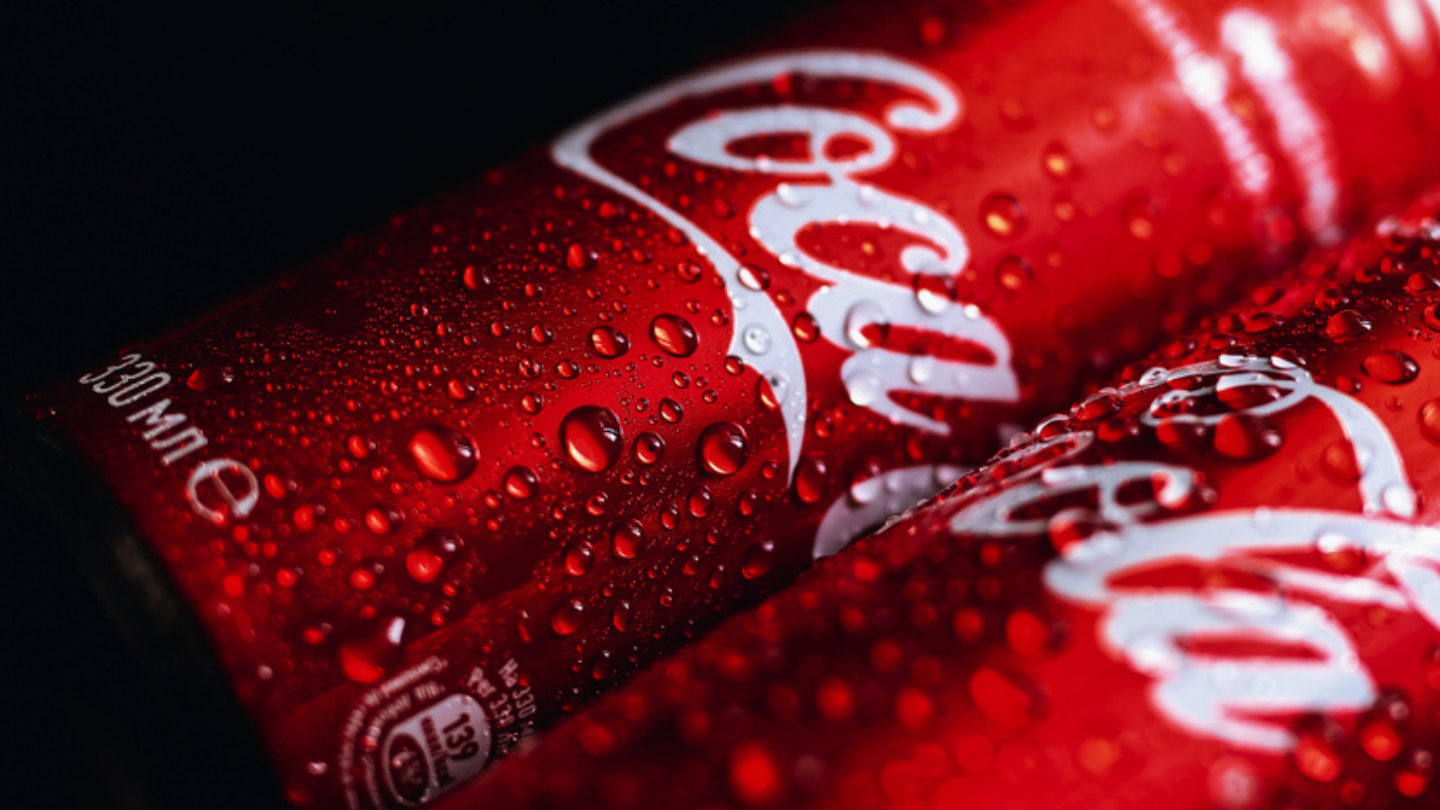
Coca-Cola İçecek invests $30m into Azerbaijan production site
Coca-Cola İçecek has signed a memorandum of understanding with Azerbaijan’s government to establish a production site in the country.
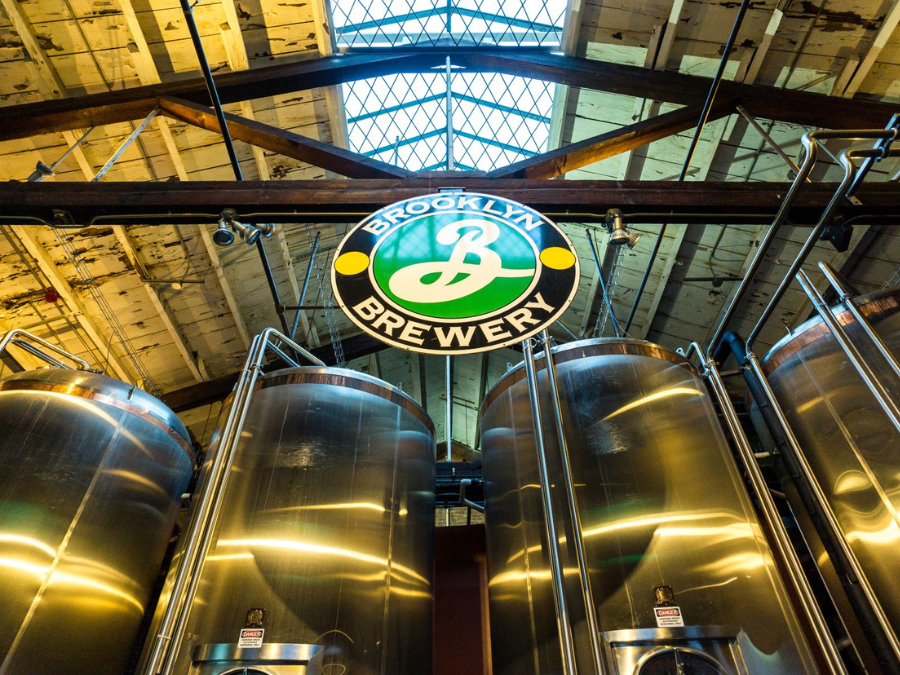
Fonio grain could become mainstream in US - Brooklyn Brewery
Brooklyn Brewery CEO Eric Ottaway said fonio’s availability in food aisles will help awareness among beer drinkers.
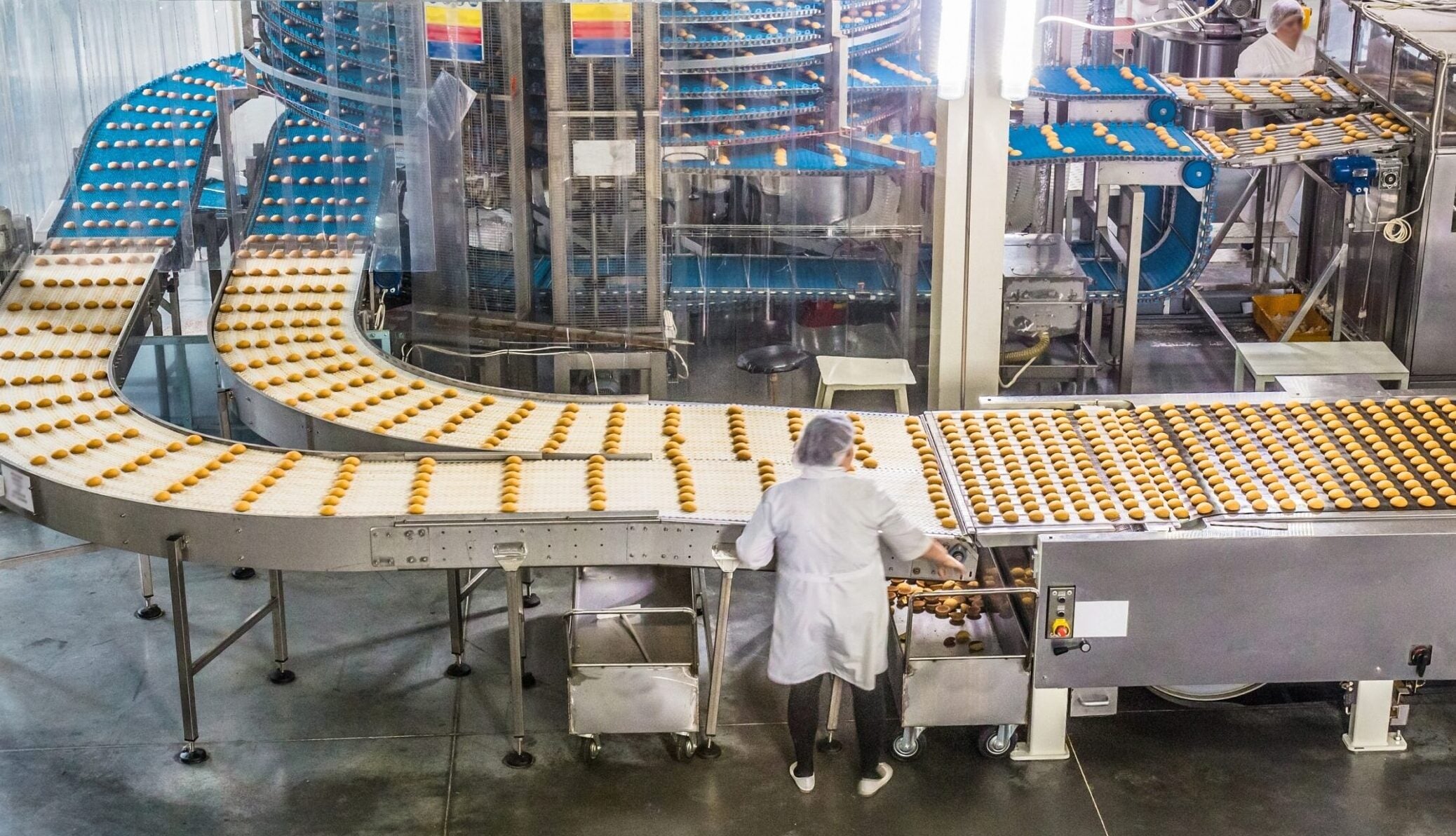
UK food and drinks industry investment plans subdued, study claims
The low level of planned investment is against a backdrop of spending on food and drink manufacturing falling by 30% since 2019, the FDF said.

Why cheese is leading growth of US dairy
Amid rising demand, manufacturers are responding with a wave of investment.
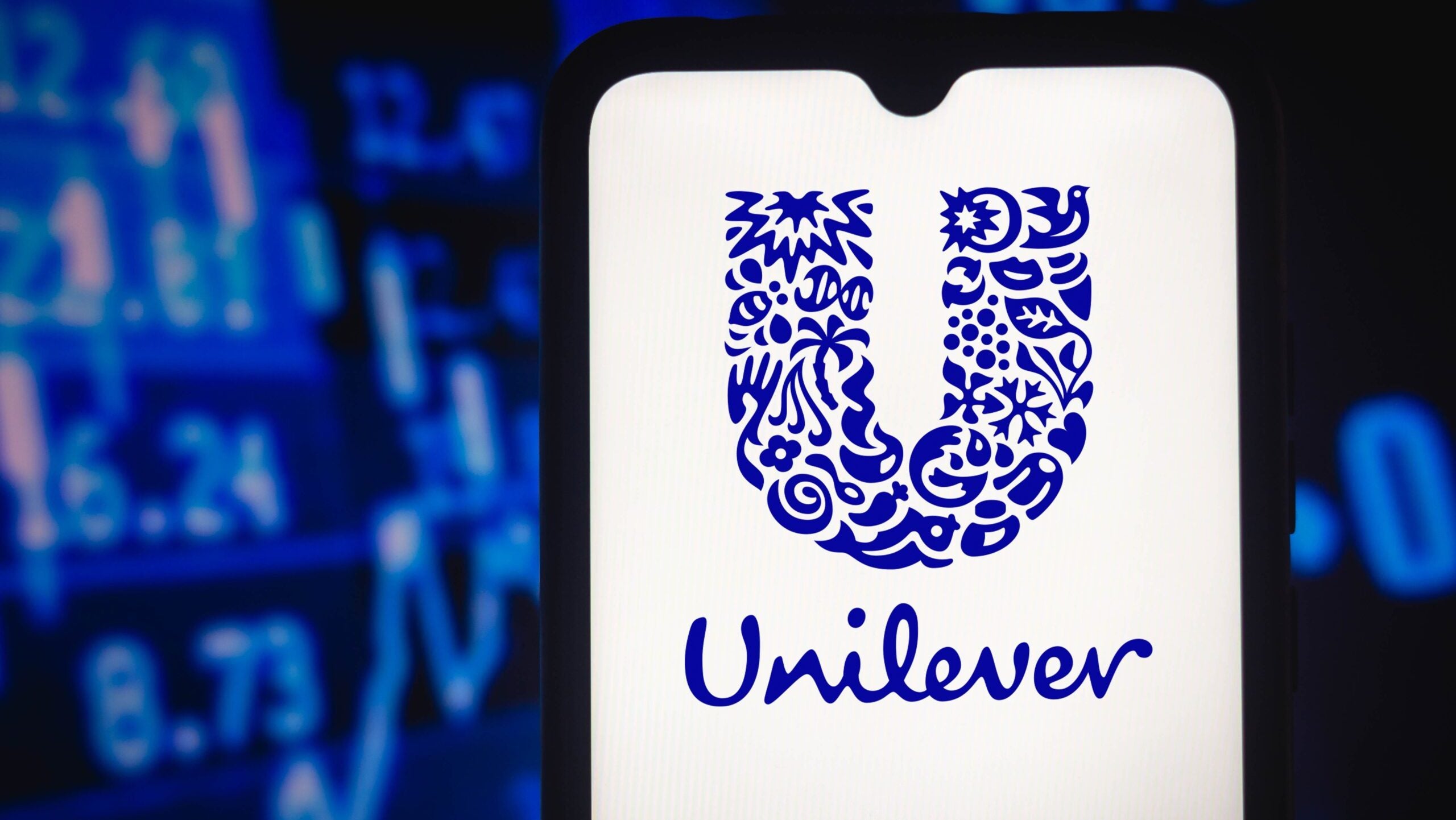
Unilever ‘to retain Russian ice cream assets'
Unilever is to reportedly keep making ice cream in Russia even after demerging the rest of the division from the business.
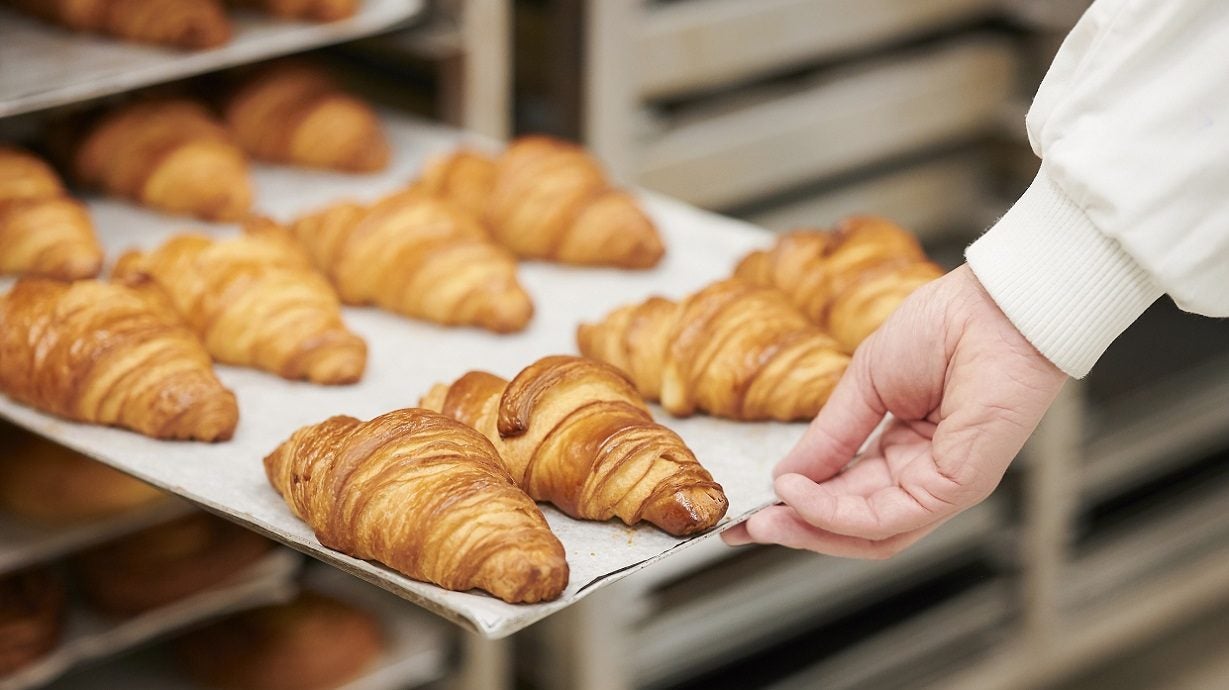
Bakery group Bridor set for another US plant
Bridor, the France-based bakery group, is to set up its third production site in the US.
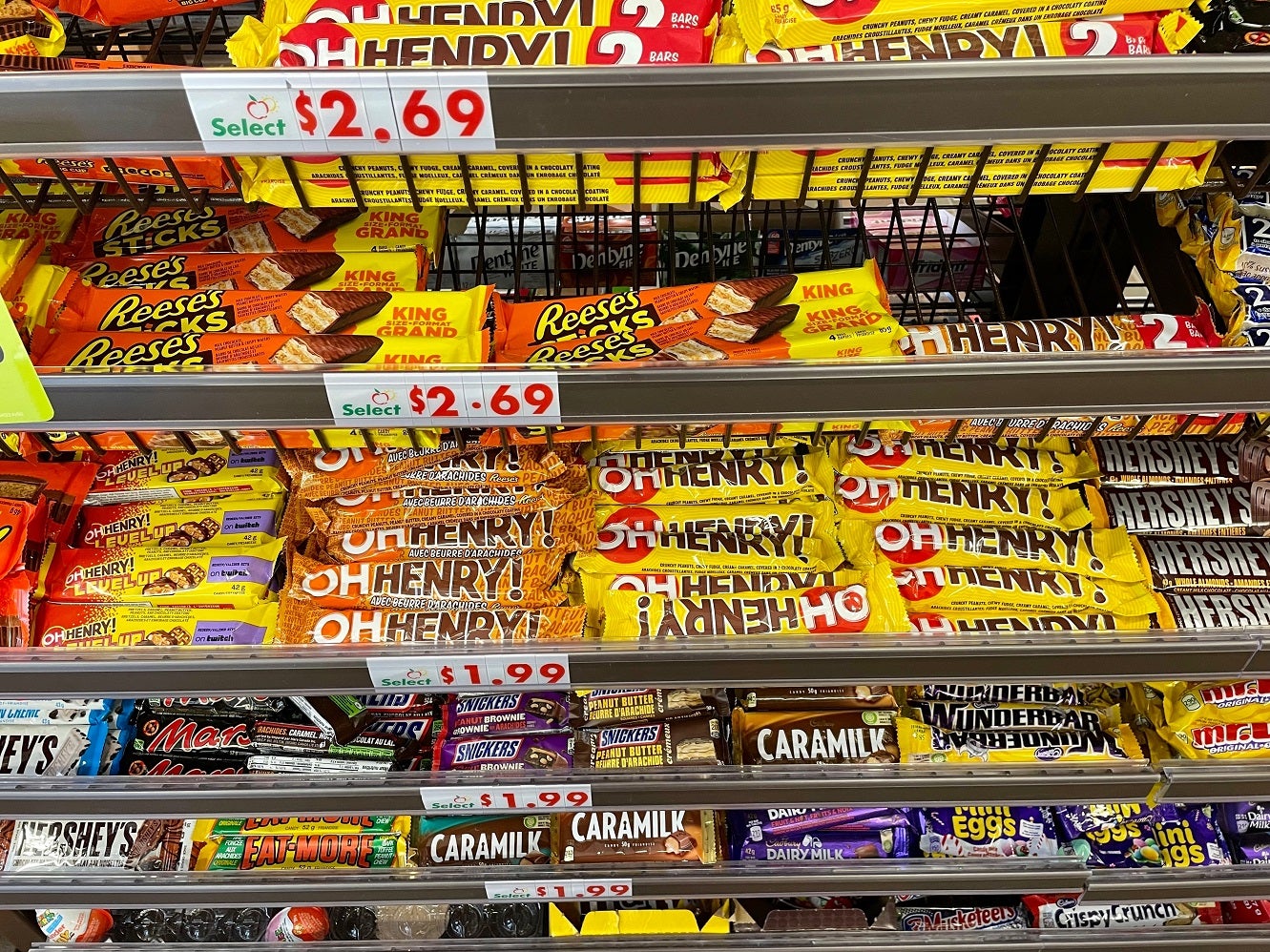
Loblaw endorses Canada grocery code of conduct but stumbling block remains
Canada food retailer Loblaw has indicated its willingness to sign up to a grocery code of conduct, which has been in the making for at least two years.
In our previous edition
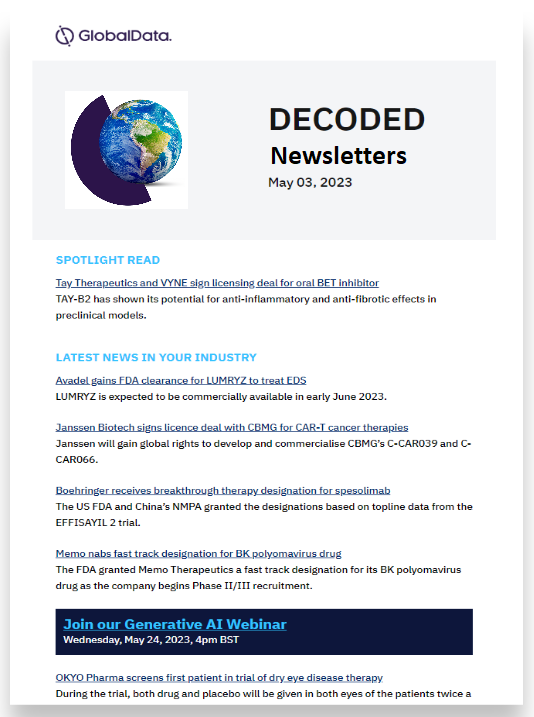
Consumer Decoded
US proposes to ease restrictions on marijuana
17 May 2024

Consumer Decoded
Distillers' carbon-cutting sparks trials of hydrogen fuel
16 May 2024

Consumer Decoded
Argentina winemakers talk inflation, exports and future of Malbec
15 May 2024
Newsletters in other sectors
Aerospace, Defence & Security
Automotive
Banking & Payments
Medical Devices
Travel and Tourism
Search companies, themes, reports, as well as actionable data & insights spanning 22 global industries
Access more premium companies when you subscribe to Explorer


